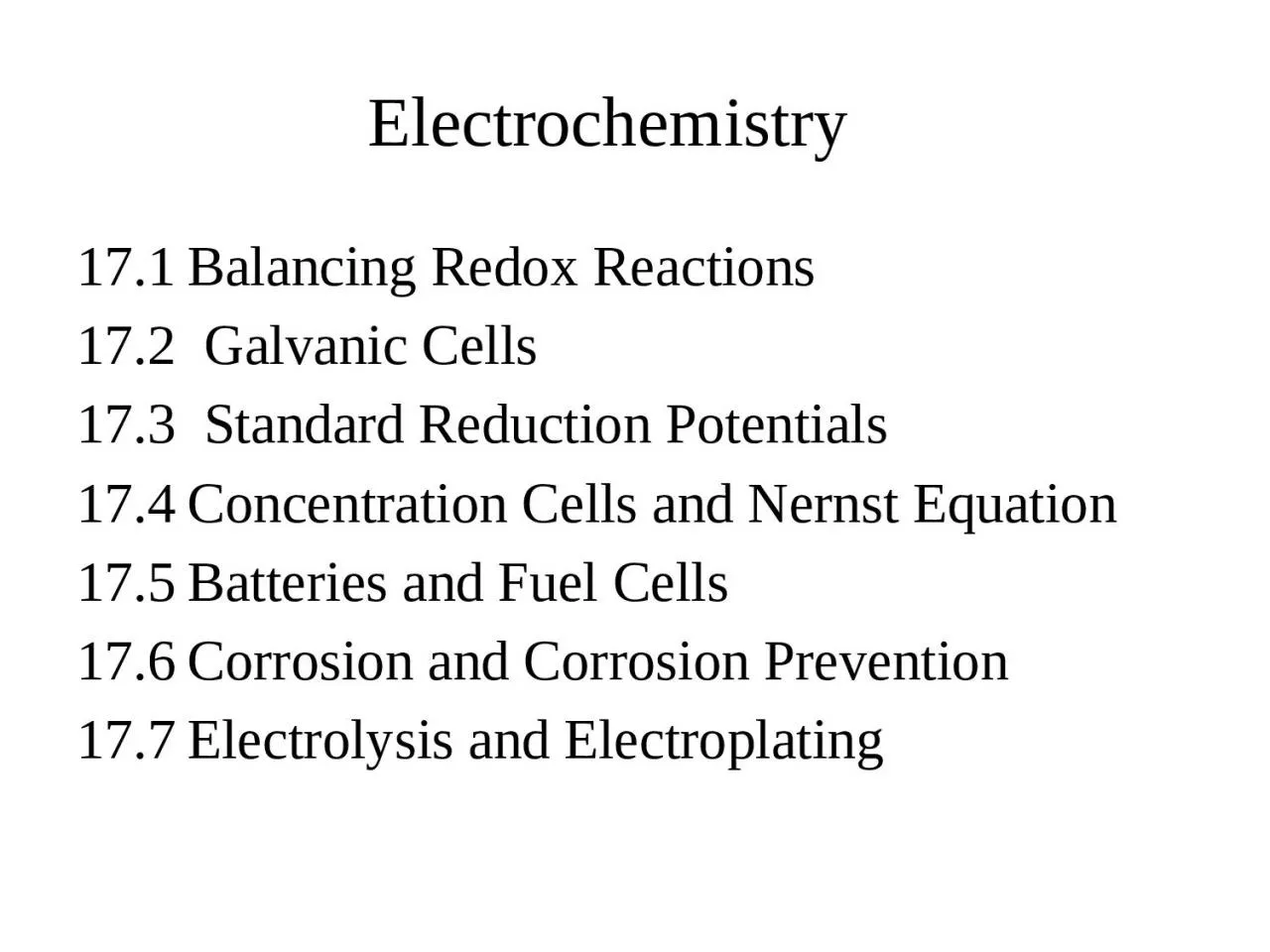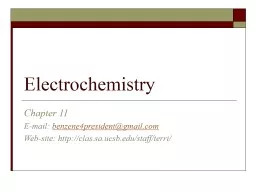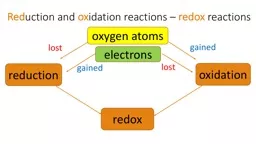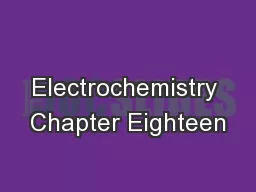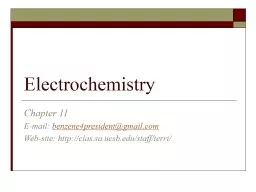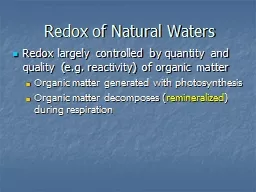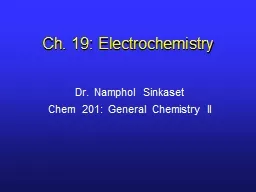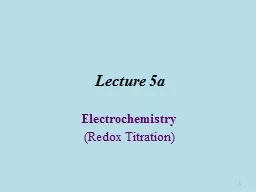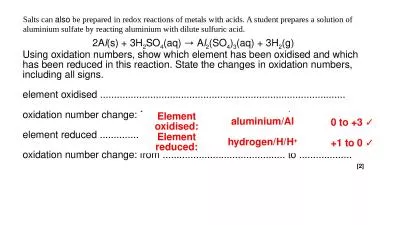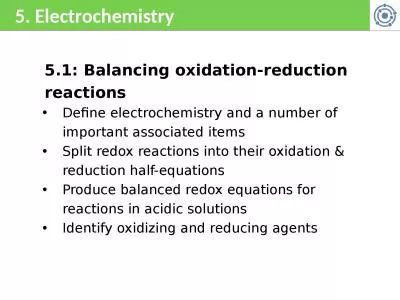PPT-Electrochemistry 17.1 Balancing Redox
Author : fauna | Published Date : 2023-10-04
Reactions 172 Galvanic Cells 173 Standard Reduction Potentials 174 Concentration Cells and Nernst Equation 175 Batteries and Fuel Cells 176 Corrosion and Corrosion
Presentation Embed Code
Download Presentation
Download Presentation The PPT/PDF document "Electrochemistry 17.1 Balancing Redox" is the property of its rightful owner. Permission is granted to download and print the materials on this website for personal, non-commercial use only, and to display it on your personal computer provided you do not modify the materials and that you retain all copyright notices contained in the materials. By downloading content from our website, you accept the terms of this agreement.
Electrochemistry 17.1 Balancing Redox: Transcript
Download Rules Of Document
"Electrochemistry 17.1 Balancing Redox"The content belongs to its owner. You may download and print it for personal use, without modification, and keep all copyright notices. By downloading, you agree to these terms.
Related Documents

